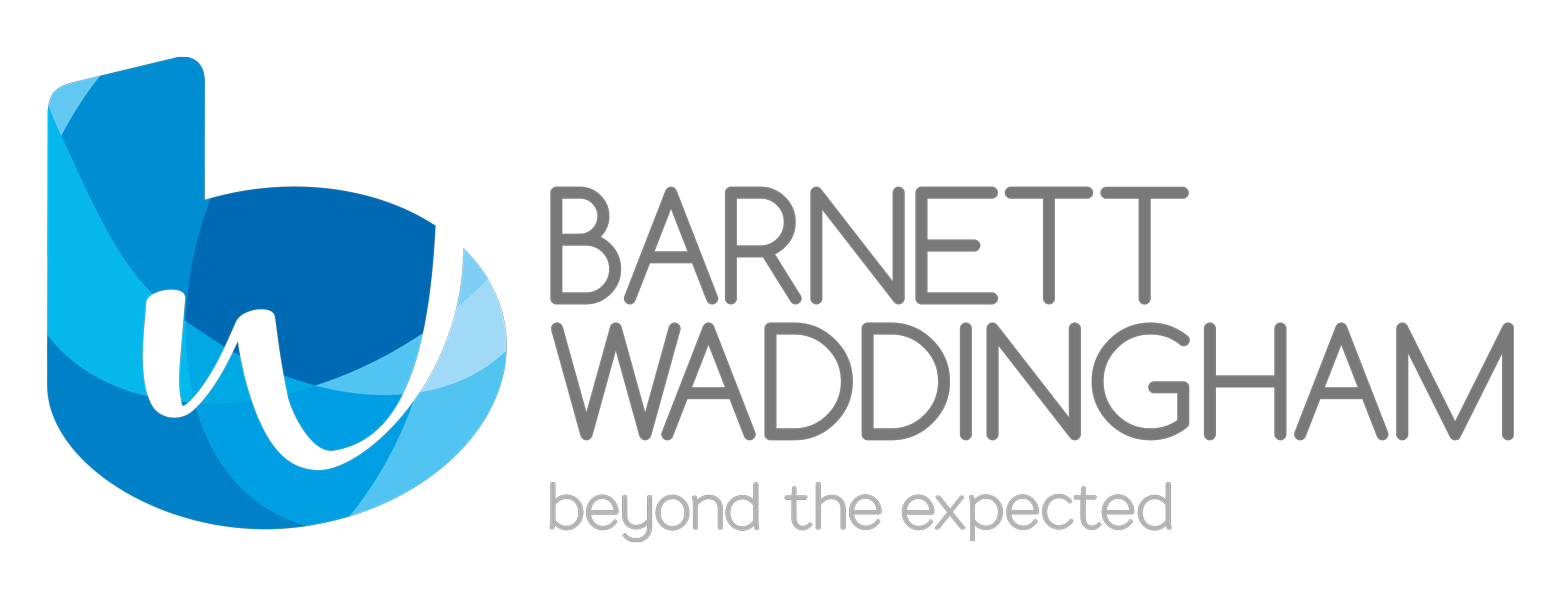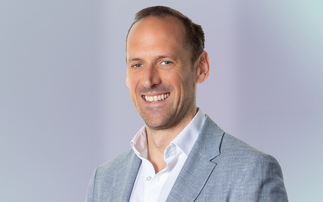
The last few weeks have been the busiest of my 34-year career, and I imagine it has been the same for most of you.
For many defined benefit pension schemes, the recent volatility in gilt markets has seen collateral calls reduce growth asset allocations. As your consultants will tell you, when it comes to Liability-Driven Investing (LDI), the rules of the game are changing, and strategies need to adapt.
For many, sustainable investment may have been temporarily ‘parked', while other immediate risks are addressed. But the regulatory deadlines to manage and report on climate risk march on.
So, to the first of my points, be intentional when you review your strategy. Be intentional about your hedging levels, about how you will generate return and the levels required. Extend that intentionality to sustainable investment.
There is an old proverb ‘I am too poor to buy cheap'. It translates to ‘if I don't have much, I need to make the most of what I have'. Current market conditions create a useful catalyst for starting to make the most of what you have and buy assets that will prove to have long-term sustainable value. Where growth asset allocations have been run down to fund LDI collateral calls, pause and think about their climate credentials before topping them back up. This could be a perfect opportunity to invest elsewhere to reduce your portfolio's climate risk or capitalise on opportunities.
A new spotlight on underestimated risks
Recent events have seen attitudes change towards the level and type of risk trustees are willing to take. Assessment of illiquidity risk has changed, or even been forced upon some investors. We think it's entirely reasonable to test whether attitudes to sustainable investment may have also changed, particularly with the likely spotlight on the ‘G' in ESG following recent events. We discuss two examples below.
Where trustees may have a reduced appetite to hold liquid assets and are seeking to move more towards publicly traded markets, think about what those illiquid assets were seeking to capitalise on. If they were renewable energy infrastructure assets, think about the use of an energy transition equity holding as an alternative. If it is private debt that is being replaced, look into bond holdings with a social and climate aim. Due to market developments, impact, namely the achievement of both a financial goal and alongside it a societally beneficial target, is now achievable in all markets.
For those of you either unaffected by the recent liquidity crisis or who have the scope and an appetite for further illiquidity, the secondary market is going to start to see a fresh supply of good investment opportunities. When reviewing these, we urge you to think about these in conjunction with your climate risk policy and look for the opportunities that are aligned with it.
The whipsaw risk, caused by the recent gilt yield spike was an example of a risk with low expected incidence coming to the fore. Use that as a canary in the coal mine to identify other potentially underestimated investment risks. Climate risk (particularly the impact of transition risk on investment portfolios) is the one that keeps us up at night. The probability of a more severe transition is increasing with each passing day. COP27 doesn't give us much hope on this front.
COP27 - the challenge isn't going away
COP27 takes place this month. Against a backdrop of pledges and commitments that have been missed, or not delivered upon, in the year since COP26, do we expect real progress from COP27? Unlikely. Do others? Compared to Glasgow it has been very quiet, so I suspect not.
For those of us who have been looking at climate risk modelling, I fear we are simply one year closer to a much more financially significant and detrimental outcome as a result.
Which brings me back to ‘being too poor to buy cheap'. Policy risk. Whether it is the fall out of the recent gilt market volatility and what it means for the level of growth assets held, or whether it is the heightened policy risk associated with climate change, now is the time to act with intention. There may be low expectations from COP27 but now is the time to focus on protecting yourself from the negative implications of the introduction of late and deeper policy change and the mispricing that may unearth. Don't look back in two years' time and regret not using the current opportunity
This post is funded by Barnett Waddingham









